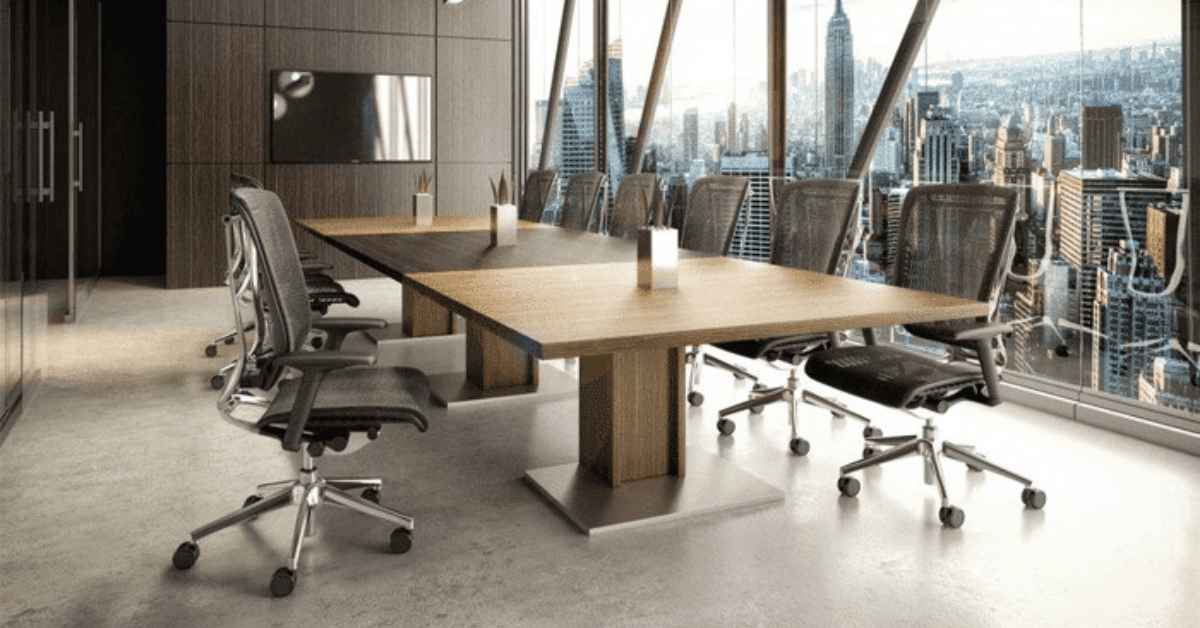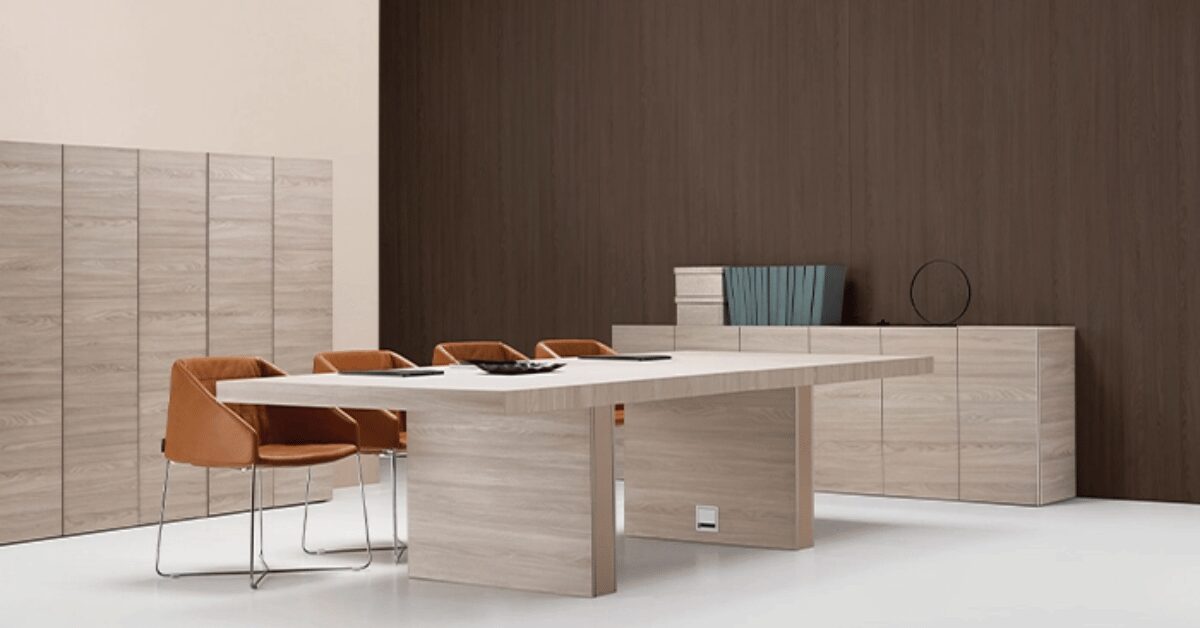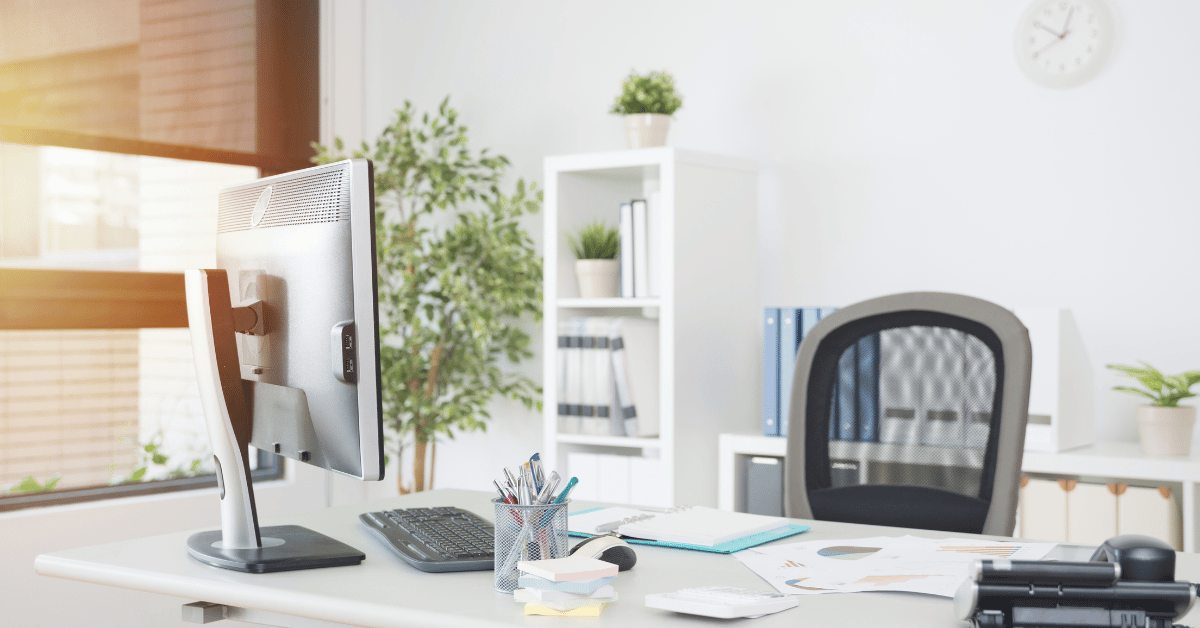Not sure what to look for when furnishing your office in 2025? You’re not the only one.
As workspaces evolve, the focus has shifted toward flexibility, well-being, and purposeful design. Whether you’re revamping a startup studio or planning a corporate redesign, understanding what to look for when furnishing your office in 2025 can help you create a space that works just as hard as your team does.
Gone are the days of uninspired cubicles and lifeless chairs. Today, it’s about finding pieces that balance style with performance. If you’re sourcing office furniture in Dubai, you’ll want to explore brands like Furnicraft that specialise in ergonomic, modern, and modular solutions built for the future of work.
In this guide, we’ll discuss what really matters—from the must-have trends to the subtle design choices that make a difference.
1. Start With How Your Team Works—Not Just Where
We used to ask: “How many desks do we need?” But the better question now is: “How do our people get work done?”
Some prefer silence and solo time. Others thrive in chatty, collaborative nooks. And most? They want options.
So instead of buying twenty identical workstations, consider creating zones—quiet corners for focused work, casual lounges for impromptu chats, and standing tables for energy-fueled brainstorming. This isn’t just thoughtful design; it’s basic respect for human variability.
2. Comfort Isn’t a Luxury—It’s the Baseline
An ergonomic chair might seem like a splurge until your top developer gets chronic back pain and starts working from bed.
Let’s be blunt—people can’t focus if their bodies are uncomfortable. Adjustable desks, lumbar support, soft light, breathable fabrics… These details don’t just make work easier; they quietly boost morale and productivity.
And no, comfort doesn’t mean laziness. Well-supported employees are far more likely to stick around and give their best.
3. Choose Furniture That Moves With You

Modular desks, mobile storage units, foldable partitions… aren’t gimmicks. They let your team reshape their environment without calling in contractors or triggering a budget review.
Why? Work modes shift, projects scale, hybrid schedules rotate, and offices need to flex without falling apart.
If a table can become a conference hub in the morning and a quiet solo zone by afternoon—now that’s smart design.
4. Sustainability Is No Longer Optional
There was a time when “eco-friendly furniture” sounded like a niche trend. That time has passed.
Now, clients ask about carbon footprints. Employees care where the wood comes from. And honestly, you probably do too.
So look for brands using FSC-certified wood, recycled materials, and low-VOC finishes. Bonus points for locally made pieces—they reduce emissions and support regional artisans—a double win.
And here’s a thought: secondhand doesn’t mean second-rate. A vintage credenza might have more character—and less environmental impact—than something fresh off the line.
5. Texture, Colour, and Warmth Matter More Than You Think
Neutral tones are safe. But safe can also be…forgettable.
A pop of mustard on a chair, soft velvet on a lounge seat, or the grain of raw wood on a meeting table adds personality. And people react to personality.
Try to mix materials: wood with metal, fabric with glass, concrete with cork. It adds depth, texture, and interest. It’s subtle, but it makes people feel. And in a workspace, feeling something is better than feeling nothing.
That said, go easy. One accent wall is artful. Four are overwhelming.
6. Tech-Integrated Furniture? Yes—But Only If It’s Seamless
Brilliant desks, USB ports in the meeting table, wireless charging built into coffee tables… all great.
But here’s the trick: it needs to feel invisible. The best tech-integrated furniture works so well, people barely notice it’s there.
Don’t force screens or LED panels into every surface. Tech should support the work, not become the work.
7. Think Beyond the Workstation
Nobody comes up with their best ideas staring at a spreadsheet in a grey cubicle.
Breakout areas, kitchen islands, reading nooks… these are where inspiration happens. Don’t just plan for productivity; plan for wandering thoughts, personal conversations, and even short daydreams because creativity isn’t linear.
And yes, a cozy armchair in the corner might be your team’s most-used “meeting space.”
8. Don’t Ignore Acoustics (Seriously)
Noise is the silent killer of concentration.
Soundproof pods are having a moment—and rightly so. But if you’re not ready to go all in, try acoustic panels, felt-covered partitions, or thick rugs that absorb excess sound—soft textures = soft environments.
Especially in open-plan offices, the right acoustics can mean the difference between collaboration and chaos.
9. Ask Your Team What They Want
This seems obvious, but it’s often skipped.
Before making any big furniture decisions, ask. What would make their day smoother? What’s missing? What’s annoying?
You might learn your employees value a standing table over that new $5,000 sofa. Or that no one uses the fancy meeting room because the chairs are too stiff.
And here’s the thing—when people feel heard, they take care of the space. It becomes ours, not the company’s.
10. Plan for Growth (But Don’t Overbuy)
Maybe you’re hiring. Maybe not. Either way, don’t over-furnish “just in case.”
Instead, choose modular pieces that you can build on. Desks that connect. Shelving that stacks. Benches that tuck away when not in use.
It’s easier to expand than to undo. And a clean, spacious room often invites better thinking than one crammed with furniture no one uses.
11. Prioritise Zones That Encourage Movement
Sitting all day is out. In 2025, movement-friendly design is in.
This doesn’t mean turning your office into a gym, but incorporating standing desks, walk-and-talk meeting paths, and informal lean bars can naturally encourage people to move throughout the day. Even subtle nudges—like placing printers or refreshment stations a little farther away—can help break sedentary routines without forcing them.
Movement improves circulation, boosts energy, and helps people think more clearly. It’s a slight shift with big benefits.
12. Design for Hybrid Realities
If your team works in the office three days a week and remotely the rest, your space shouldn’t be designed as occupied full-time.
Design with that rhythm in mind: flexible hot desks, bookable collaboration zones, lockers for personal storage. Make in-office days feel purposeful and frictionless.
And for those moments when virtual meets physical, invest in quality AV setups and furniture layouts that support seamless video calls without crowding the room.
13. Storage Shouldn’t Be an Afterthought
It’s easy to focus on the flashy stuff—statement chairs, bold lighting—but smart storage can make or break daily workflow.
Well-placed filing drawers, rolling cabinets, and wall-mounted shelves—these quiet heroes reduce clutter, increase efficiency, and keep the office looking polished. When done right, storage can even become part of the aesthetic. Think modular shelving that doubles as a space divider or a credenza that hides tech gear without looking bulky.
Form and function can be friends.
14. Include Elements That Support Mental Wellness
Work doesn’t happen in a vacuum. Neither does well-being.
In 2025, thoughtful offices consider mental health through design. Natural light access, quiet retreat spaces, greenery, soothing colors—these aren’t just “nice to have” anymore. They’re essential.
Simple changes like a no-tech lounge corner or a view-facing reading nook can help employees recharge, reducing burnout and boosting creativity.
15. Don’t Design for Now—Design for the Next 5 Years
What works beautifully today might become outdated shockingly fast.
Ask yourself: will this setup still make sense if our team doubles? If half the staff goes remote? If we shift from task-based work to more creative, collaborative workflows?
Futureproof your layout by building in adaptability. That way, you’re not redoing everything in 2027—you’re adjusting pieces of a system that already flexes with you.
Related Links
- Design the Perfect Welcome Area for Your Office
- Work Ethic Starts with How You Sit at Your Desk
- Upgrade Your Workspace with Ergonomic Seating Solutions
- How Office Seating Standards Have Evolved
- Why Are High-End Businesses Investing in Premium Workspace Designs?
🔑 Key Takeaways (Quick Summary)
-
Focus on people-first, flexible design.
-
Prioritise ergonomic and comfortable setups.
-
Use sustainable, future-ready materials.
-
Opt for modular, tech-friendly furniture.
-
Source quality office furniture in Dubai from trusted providers like Furnicraft.
-
Design for real needs—not just trends.
Final Thoughts
The truth is, there’s no single blueprint for the perfect office. And maybe that’s the whole point.
Understanding what to look for when furnishing your office in 2025 means thinking beyond trends. It’s about aligning your space with how your people move, what they care about, and where they truly thrive. A good-looking setup is fine. But one that’s thoughtful, intentional, and human-centred? That’s where the fundamental transformation begins.
So, if you’re choosing office furniture in Dubai, think less about what’s popular and more about what works for your team, your culture, and your long-term goals. When you focus on people in mind, not just productivity, the impact goes far beyond the surface.
FAQs
1. What’s the most critical factor when furnishing a modern office?
While there isn’t a single answer for every workspace, comfort and flexibility are usually top priorities. Think ergonomic seating, adjustable desks, and modular layouts that adapt to individuals and teams. If your furniture supports how your team works, you’re on the right path.
2. How can I furnish my office on a tight budget without sacrificing quality?
Start with the essentials: chairs, desks, and storage that meet ergonomic standards. Consider buying secondhand or refurbished pieces from trusted sellers. Modular furniture can also save money in the long run since it’s reconfigurable and can grow with your team.
3. Is investing in brilliant or tech-integrated furniture worth it?
It depends on your team’s needs. If your office relies on constant connectivity or tech-heavy workflows, built-in charging ports, cable management, or brilliant desks can streamline things. But keep it practical—technology should support productivity, not complicate it.
4. How do I balance aesthetics and functionality in office design?
Let form follow function—but don’t forget personality. Choose pieces that serve a purpose and then layer in color, texture, and style to bring warmth and identity. A neutral base with bold accents (like a textured rug or colored chairs) often strikes the right balance.
5. How often should I update or refresh my office furniture?
There’s no fixed timeline, but it’s good practice to reassess every 3–5 years. Check for wear and tear, evolving team needs, or shifts in how your space is used. Sometimes a minor refresh—like swapping out chairs or rearranging zones—can significantly impact without a complete redesign.








